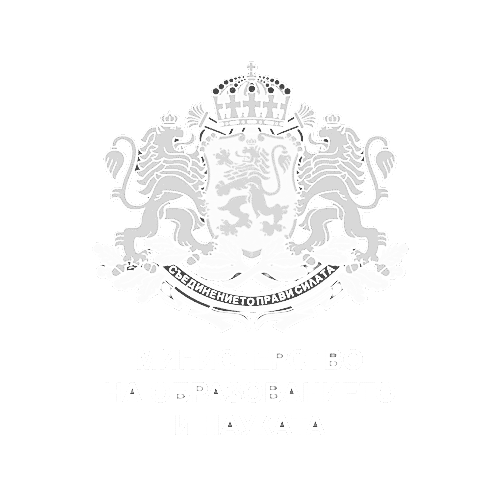| Technology platform | Imaging & Tracing; Biomarkers |
|---|
(Pre-proposal deadline: 4 March 2021)
The overarching goal of ERA PerMed is to improve disease prevention and disease management, based on broader and more efficiently characterised and defined patient stratification, diagnostics and tailored treatment/prevention protocols for both patients and individuals at risk of disease. Early involvement of regulatory authorities and close interaction with the different key contributors along the value chain should be included right from the project development phase to bridge the gap between first discoveries or inventions to market access.
Call topic: research proposals submitted under this call are expected to demonstrate the applicability of project outcomes to clinical practice and to combine clinical research with data technologies. This could be the development and application of clinical decision support tools by using artificial intelligence (AI) systems approaches, including machine learning technologies.
In order to ensure the development of specific PM approaches the proposals have to take into account the major aspects for their successful implementation in the health systems:
(1) “Translating Basic to Clinical Research and Beyond”,
(2) “Data and Information and Communication Technology (ICT)” and
(3) “Research towards Responsible Implementation in Healthcare”.
For further details on the call, please visit this page.
EATRIS can help identify the right consortium partner for your proposal. Simply fill in this form and send it back to Anne-Charlotte Fauvel at annecharlottefauvel@eatris.eu.

The expertise of EATRIS member institutions relevant for this call includes:
- Diagnostic and clinical decision support tools;
- High Throughput Technologies for multi-omics approaches;
- Pre-clinical predictive models;
- In silico models;
- Cell culture/co-culture;
- Organoids;
- Animal models;
- Classification of diseases at the molecular level;
- Validation and characterisation of the role of biomarkers;
- Imaging Technologies (PET, MRI, PET-CT, PET-MRI, SPECT) and physiological monitoring;
- Pharmacokinetics and pharmacodynamics studies;
- Machine learning to provide the basis for more personalised treatment for patients;
- Innovative m/e-health or telemedicine applications testing and validation in a clinical setting;
- Access to Clinical Trial Support.

















